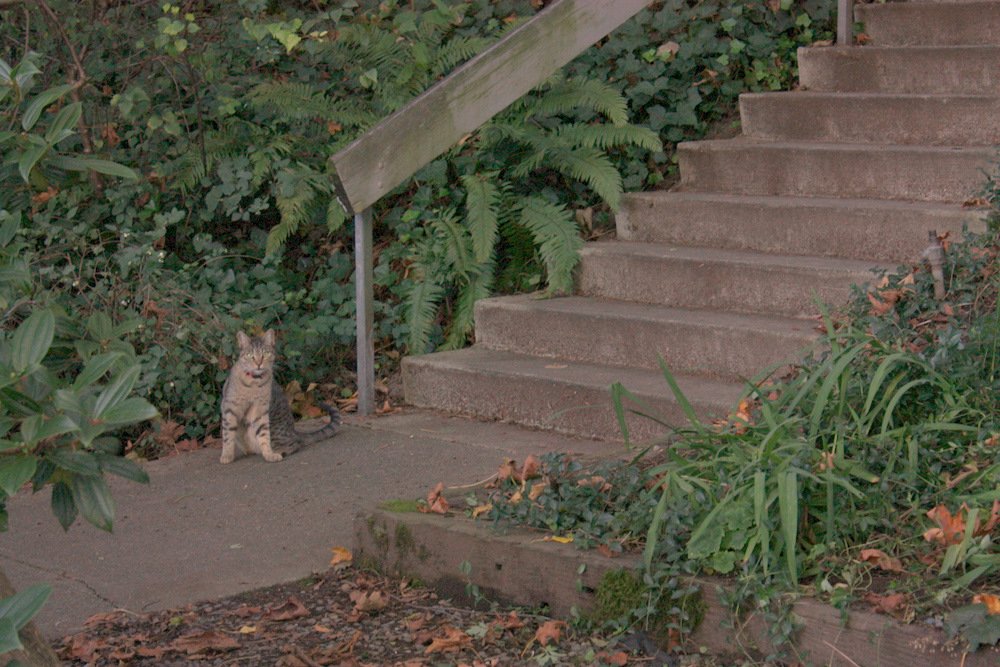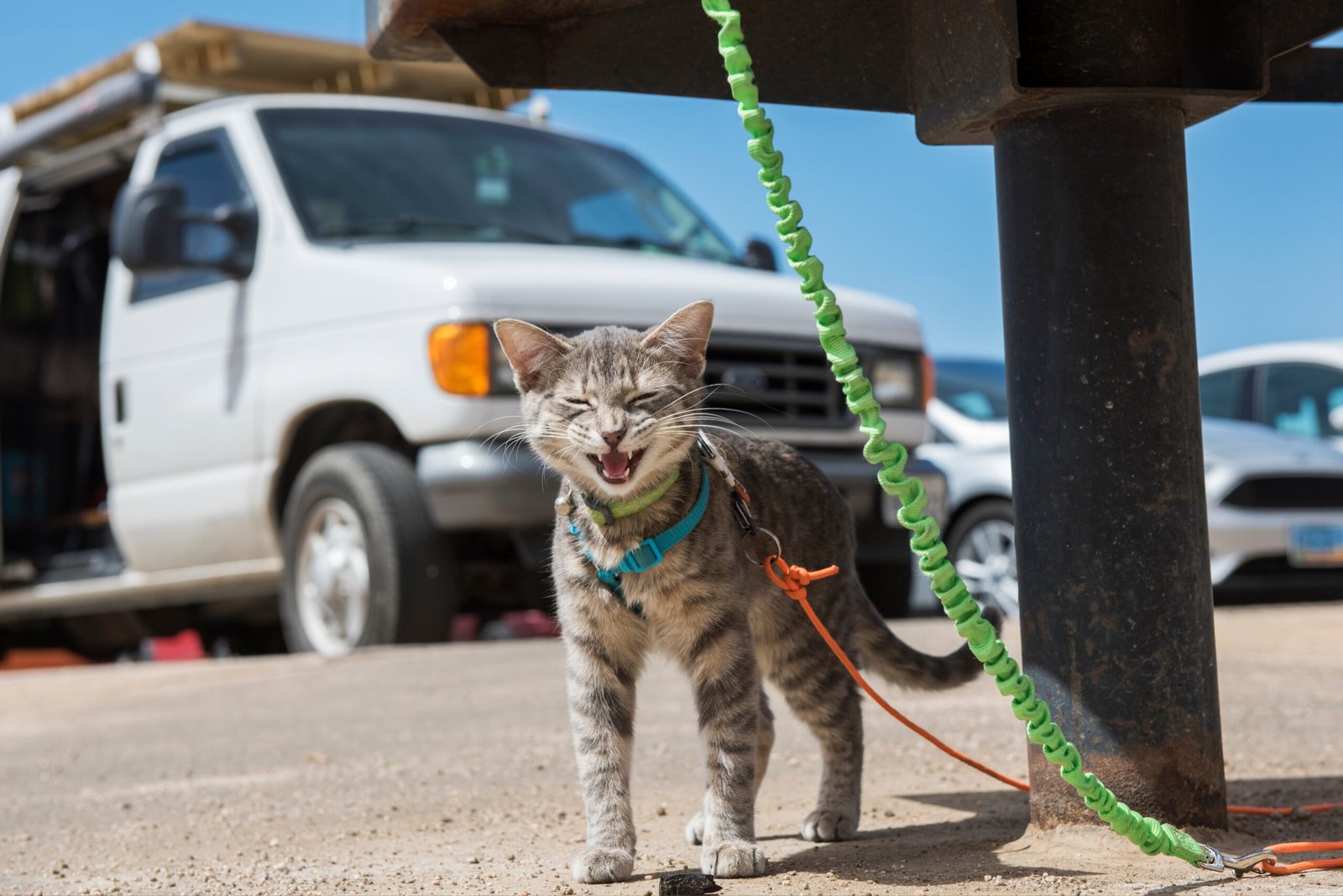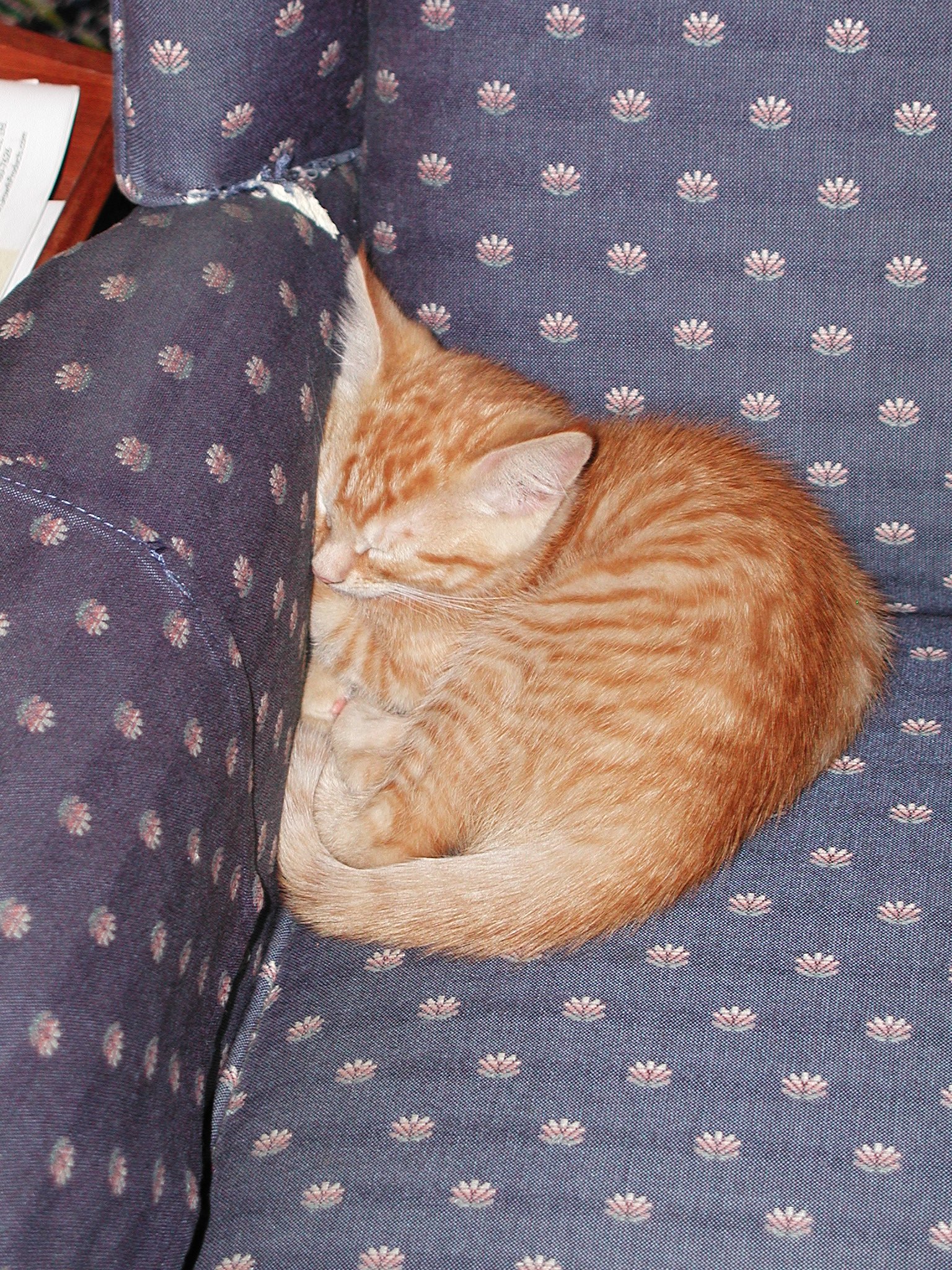Imagine coming home one day to find that every piece of furniture had swapped places. Your favorite cozy chair is gone, the dining table now blocks the hallway, and nothing feels quite right. Now, think about this from your cat’s perspective. When their world changes, do they cope or crumble? Is it possible that simply shifting a few pieces of furniture could set back all the progress your feline friend has made? Cat lovers, buckle up—let’s unravel the surprisingly emotional connection between cats, their territory, and the invisible risks of change.
Cats and Their Deep Love for Routine

Cats are creatures of steadfast routine. They thrive on familiarity, often following the same path through the house every day, rubbing against the same furniture, and napping in their chosen sunspot. Even minor disruptions can leave them confused or unsettled. Their daily rituals aren’t just habits; they’re comfort anchors that help them feel secure in their own world. When you shift their environment, it’s as if someone suddenly changed the rules of a game they thought they’d mastered. For cats, routine is safety, and safety is happiness. Disrupting that can feel downright shocking for them. So, the next time you move a chair, remember: to your cat, it might be a much bigger deal than you realize.
Understanding Regression in Cats

Regression, in simple terms, means slipping back into old behaviors that your cat had outgrown. This could look like accidents outside the litter box, hiding, increased aggression, or even vocalizing more than usual. Cats regress for a variety of reasons, but environmental stress sits at the top of the list. When their territory gets upended, it can trigger memories of stressful times—maybe when they were first adopted or had to adjust to a new home. Regression isn’t your cat being stubborn; it’s a cry for help. It’s their way of saying, “I’m overwhelmed and I need support.” Understanding this is the first step to helping them bounce back.
Why Territory Means Everything to a Cat

For cats, territory isn’t just where they live—it’s who they are. They mark their boundaries with scent, scratching posts, and even their daily patrols. This sense of ownership gives them confidence. Changing their space can make them feel like strangers in their own home. Imagine waking up in a hotel every morning instead of your own bedroom. It’s disorienting and stressful. Cats rely on their territory to feel in control. When that control is threatened, anxiety can skyrocket, leading to behaviors you thought were long gone.
The Link Between Stress and Behavior Changes

Stress in cats often sneaks in quietly but can have loud consequences. A simple shift in their environment—a new couch, a moved litter box, or even a different feeding spot—can crank up their anxiety. This stress doesn’t always look like panic. Sometimes it’s subtle: less play, less appetite, or more hiding. Other times, it flares up as full-blown regression. Cats don’t always know how to cope with big feelings, so they revert to what once comforted them, even if that means old, unwanted behaviors. Recognizing stress as the root cause is key to finding a solution.
Common Signs of Regression After Rearranging

Cats communicate their discomfort in mysterious ways. When space changes, watch for these telltale signs: urinating outside the litter box, hiding under beds or furniture for hours, refusing food, increased aggression or hissing, and excessive meowing. You might also notice your cat scratching in odd places or losing interest in play. These aren’t just random quirks—they’re signals that your cat is struggling to adjust. Think of them as your cat’s version of a flashing warning light. Ignoring these signs can make things worse, so pay close attention after any big changes at home.
How Cats Use Scent to Navigate Their Space

Cats have an incredible sense of smell, and they use it to map out their territory. When you move furniture, you erase familiar scent trails that your cat has carefully placed with their cheeks, paws, and even fur. This scent mapping is like a GPS for your cat, helping them feel grounded and oriented. Suddenly, when everything smells different or “blank,” your cat may feel lost or anxious. Restoring those scent markers—by rubbing a towel on your cat and then on the new arrangement—can help them reclaim their space and ease the shock of change.
The Role of Safe Spaces and Hideaways

Every cat needs at least one sanctuary—a cozy bed, a cardboard box, maybe a perch by the window. When you rearrange, these safe spots might disappear or become less accessible. This can leave your cat feeling exposed and vulnerable. Imagine if someone took away your bedroom door or favorite chair. It’s unsettling! If you must move things, try to preserve at least one familiar hideaway where your cat can retreat and regroup. Giving them a reliable refuge helps them weather the storm of change with more confidence.
Social Cats vs. Solitary Cats: Who Handles Change Better?

Not all cats are created equal when it comes to coping with change. Outgoing, social cats might bounce back faster, curious about every new nook and cranny. But solitary or anxious cats often struggle, retreating or regressing when their environment shifts. If your cat tends to hide from visitors or startle easily, they’ll likely need extra time and patience. Understanding your cat’s personality helps you predict—and prevent—regression. The more sensitive the cat, the slower you should introduce changes to their world.
The Impact of Moving the Litter Box

For cats, the litter box is more than a bathroom—it’s a private, safe space. Moving it can be a huge deal. Suddenly, your cat might not know where to go, leading to accidents or even holding it in, which is unhealthy. If you need to relocate the box, do it gradually. Place the new box next to the old one, then slowly move it inch by inch to the desired spot. Give your cat time to adjust and reward them for using the new location. A sudden switch can trigger regression faster than you’d expect.
Food and Water Station Relocations

Just like people, cats form habits around where they eat and drink. Shifting their food or water bowls can throw off their sense of security and routine. Some cats may refuse to eat or drink, while others overeat from stress. When changing these stations, do it slowly and keep them in a quiet, low-traffic area. If your cat seems confused, show them the new spot a few times. Consistency helps them adapt and makes mealtimes less stressful.
The Emotional Impact of Rearranged Sleeping Spots

Cats are notorious nappers, often choosing the same spot for their daily siesta. If you suddenly move or remove their favorite bed, it can really upset them. Sleeping spots aren’t just for rest; they’re places where your cat feels most secure. Removing this comfort can lead to more hiding or even nighttime vocalizations. If you must move their bed, try to mimic the old environment—same blanket, similar sunlight, and nearby familiar scents. This small act can make a big difference for your cat’s comfort.
How Playtime Changes After Rearranging

Cats love predictable play routines. If you move toys or change the layout, your cat might lose interest or become less active. Some may even hide their favorite toys in protest. Pay attention to how your cat reacts to the new setup. Bring out their favorite toys and play with them in the new spaces to rebuild positive associations. Playtime can be a bridge to help your cat adjust, making the new environment feel fun instead of frightening.
Rearrangement and the Risk of Redirected Aggression

A sudden change in environment can cause frustration in cats, sometimes leading to redirected aggression. This means your cat may lash out at other pets—or even you—because they can’t control the situation. If your usually sweet kitty starts swatting or hissing after a room makeover, it’s likely stress talking. Give them space, avoid punishment, and use gentle encouragement to help them settle. Aggression is often a sign your cat needs more time to adjust.
Reintroducing Scent and Familiar Objects

Reestablishing familiar scents is crucial after a rearrangement. Place your cat’s favorite blanket, toy, or scratching post in the new configuration. You can also use scent diffusers designed for calming cats. Familiar objects act like security blankets, reminding your cat that they’re still home, even if things look different. The more familiar the smells, the faster your cat will feel at ease. This simple step can be a lifeline during stressful times.
Tips for Minimizing Stress During Rearrangement

If you know your cat is sensitive, take things slowly. Move one piece of furniture at a time and let your cat explore before changing more. Keep their routine—feeding, playtime, and cuddles—as consistent as possible. Offer treats or extra affection to reinforce that change isn’t always scary. If possible, let your cat watch the process instead of surprising them with a totally new layout. The more predictable the changes, the less likely they’ll trigger regression.
Helping Kittens vs. Adult Cats Adjust

Kittens are often more adaptable, but they can still be startled by a big change. Adult cats, especially those set in their ways, may struggle more with rearrangement. If you have both kittens and older cats, you might notice the younger ones bouncing back faster, while seniors take longer to adjust. Patience and understanding are key—don’t rush your cats. Each one will adapt in their own time, and that’s perfectly normal.
When to Seek Professional Help

Sometimes, no matter how gentle you are, your cat may really struggle with regression. If their stress leads to health problems, persistent aggression, or ongoing soiling outside the litter box, it’s time to ask for help. Veterinarians or feline behaviorists can offer guidance, from medical checks to behavior modification plans. Don’t feel embarrassed—regression is common, and professionals can help you and your cat feel at home again. It’s a sign of love to reach out when you need it.
The Power of Patience and Reassurance

Above all, patience is your best tool. Your cat isn’t acting out to annoy you—they’re just overwhelmed. Speak softly, offer extra cuddles, and keep daily routines steady. Even if progress is slow, every small step forward matters. Cats can sense your mood, so staying calm and supportive helps them relax. Reassurance is like a safety net, catching your cat when the world feels uncertain.
Personal Stories: When Rearranging Went Wrong (or Right)

Many cat owners have stories of a simple room flip leading to days of chaos—or, surprisingly, a new favorite spot for their cat. One owner recalls, “I moved the couch, and suddenly my shy cat stopped coming out for three days.” Another shares, “After I rearranged, my cat found a new window perch and became more playful.” Every cat reacts differently, and sharing these stories reminds us we’re not alone. Sometimes, the unexpected happens—for better or worse.
Practical Steps to Help Your Cat Feel Safe Again

To help your cat settle after rearrangement, keep routines steady, offer extra attention, and reintroduce familiar scents. Use treats and play to encourage exploration. Give your cat access to their favorite spots, or recreate them if possible. Watch for signs of stress and respond with patience, not punishment. If regression lingers, consult a vet or behaviorist. Your understanding makes all the difference.
Can Rearranging Space Really Trigger Regression?

Rearranging space can absolutely trigger regression in some cats, especially those who are highly sensitive or have a history of anxiety. Every cat is unique—some adapt quickly, while others need more time and support. The key is to move slowly, keep routines consistent, and show your cat plenty of love and patience. With care, most cats adjust without lasting issues, but staying attentive to their needs helps them feel secure during any change.
Hi, I’m Bola, a passionate writer and creative strategist with a knack for crafting compelling content that educates, inspires, and connects. Over the years, I’ve honed my skills across various writing fields, including content creation, copywriting, online course development, and video scriptwriting.
When I’m not at my desk, you’ll find me exploring new ideas, reading books, or brainstorming creative ways to solve challenges. I believe that words have the power to transform, and I’m here to help you leverage that power for success.
Thanks for stopping by, Keep coming to this website to checkout new articles form me. You’d always love it!





